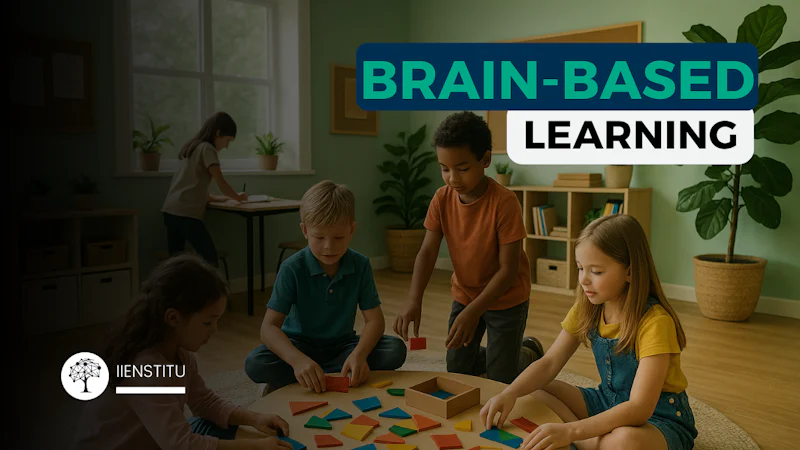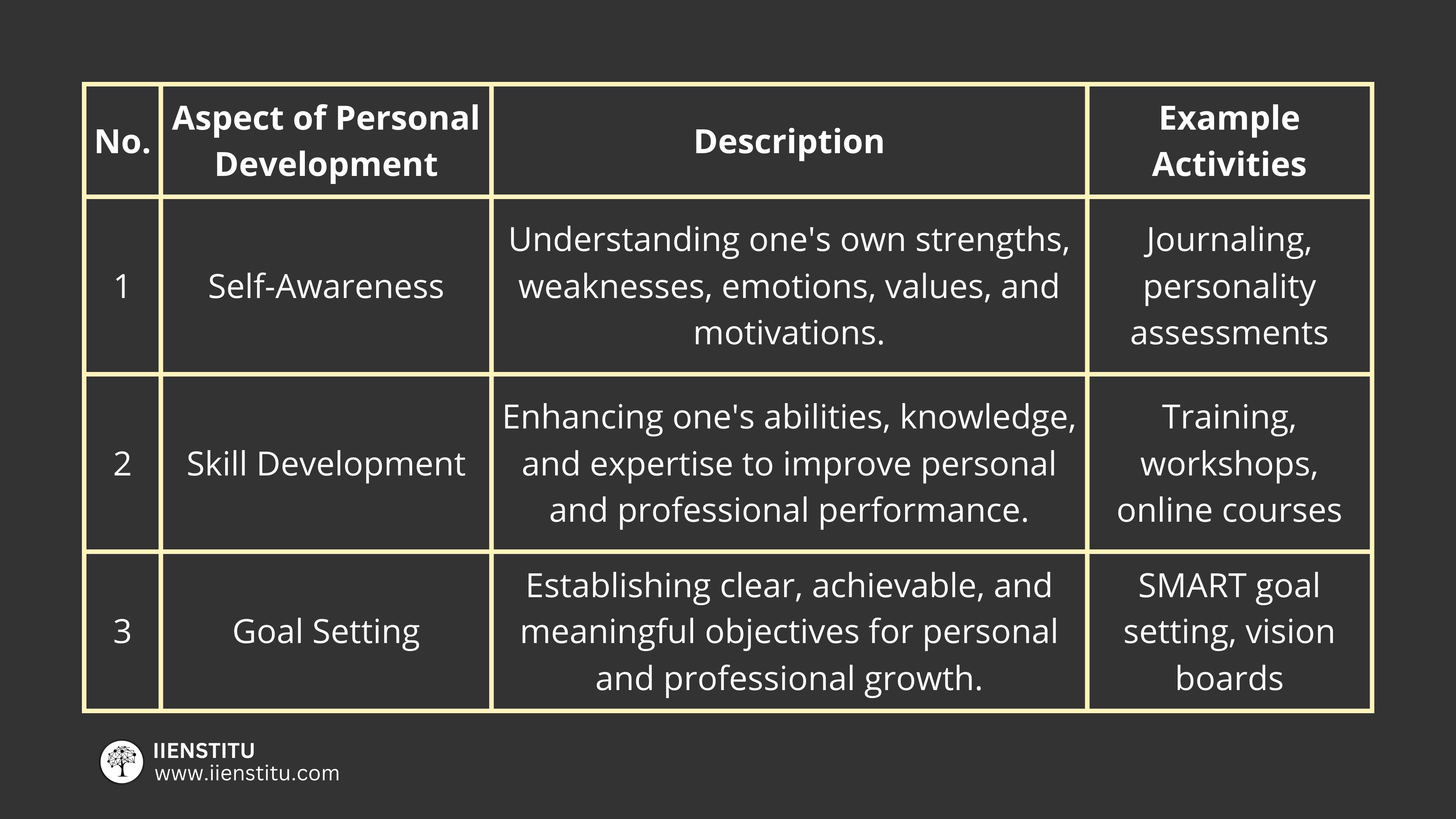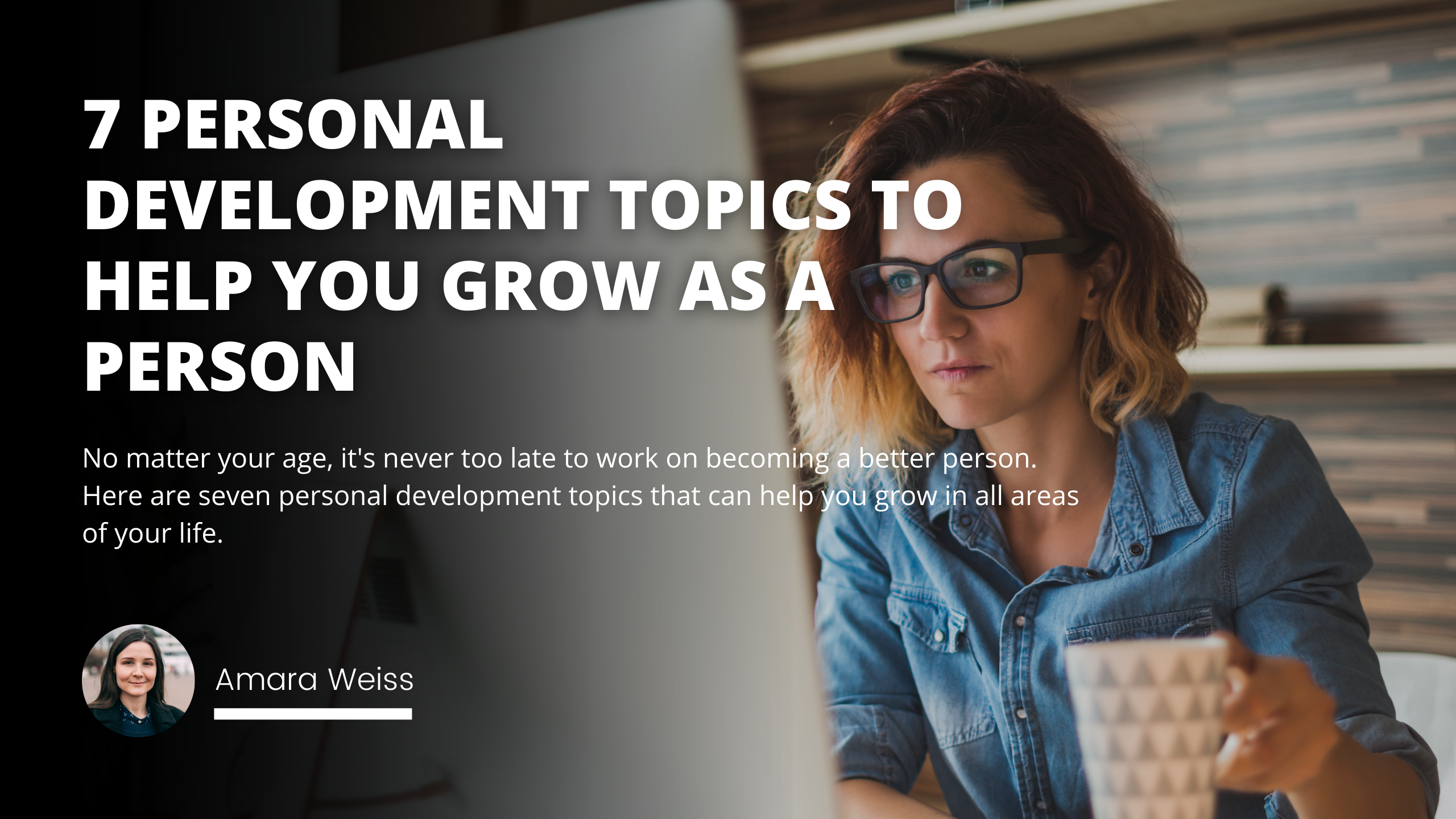The human brain, with its unmatched complexity and adaptability, holds the key to transforming how we learn. Far beyond memorization or rote instruction, brain-based learning is an approach grounded in neuroscience. It recognizes that for learning to be meaningful and lasting, it must align with how the brain naturally processes, stores, and retrieves information.
This guide explores the foundations, principles, and applications of brain-based learning for educators, parents, and lifelong learners. Through scientific insight and practical examples, you'll understand how this approach can unlock learning potential like never before.
What Is Learning?
Learning, at its core, is a biochemical process that alters the structure of the brain. Every time we learn something new, our brain forms new synaptic connections. The idea that “learning changes the brain” is not metaphorical—it’s a biological reality.
Scientists have long been fascinated by this capacity. When Albert Einstein died, researchers examined his brain, hoping to uncover what made it unique. Though they didn’t find a secret anatomical formula for genius, they confirmed that learning creates structural changes in the brain.
So, how does this relate to education? When we understand how the brain works, we can create learning environments that align with its design. This is where brain-based learning becomes a game changer.
What Is Brain-Based Learning?
Brain-based learning is an educational framework based on the structure and function of the brain. Developed from the work of Donald Hebb and later expanded by Renate and Geoffrey Caine, it uses principles of neuroscience to design teaching strategies that work with the brain, not against it.
Rather than emphasizing rote memorization, brain-based learning promotes meaningful, long-term retention through:
Emotional engagement
Pattern recognition
Physical involvement
Environmental influences
It’s a holistic approach where cognition, emotion, and biology intersect.
Key Principles of Brain-Based Learning
Brain-based learning operates on 12 core principles synthesized from neuroscience, psychology, and education. Here’s an overview:
1. The Brain is a Parallel Processor
It processes multiple types of information simultaneously. Teaching should therefore engage multiple senses and channels (visual, auditory, kinesthetic).
2. Learning Involves Both Conscious and Unconscious Processes
We learn both intentionally and passively. Even information outside our attention span can affect understanding.
3. The Search for Meaning is Innate
The brain is constantly looking to make sense of its surroundings. Learning environments should offer context, relevance, and opportunities for reflection.
4. Emotions Are Critical to Learning
Positive emotions enhance pattern recognition and memory. Stress, on the other hand, can shut down learning. Creating safe, supportive learning environments is crucial.
5. Every Brain Is Unique
There is no “one size fits all” in education. Brain-based learning supports differentiation, allowing learners to engage in ways that suit their strengths and needs.
6. The Brain Organizes Information into Patterns
Rather than learning isolated facts, learners group information into meaningful chunks. Teachers should encourage connections, analogies, and real-world examples.
7. Learning is Both Physiological and Cognitive
Factors like sleep, nutrition, and physical activity directly impact the brain’s learning capabilities.
8. Focused Attention and Peripheral Perception Both Matter
Learners absorb more than what’s directly taught. The overall environment—including lighting, colors, and sounds—can influence understanding.
9. Learning is Enhanced by Challenge and Inhibited by Threat
Safe risks and academic challenges promote learning. Anxiety and punishment suppress it.
10. Meaningful Learning Involves Active Engagement
Hands-on learning and real-world application foster deeper comprehension.
11. Memory is Spatial and Patterned
There are at least two types of memory: spatial (relational, contextual) and rote (linear, memorized). Effective teaching uses both.
12. Learning is Developmental and Social
Brains grow through interaction. Collaboration and conversation reinforce learning.
How Brain-Based Learning Transforms Education
Brain-based learning isn’t just theoretical. When applied correctly, it reshapes classrooms and learner outcomes:
Classroom Design: Flexible seating, natural lighting, and calming colors promote learning.
Instructional Strategy: Incorporating music, movement, visuals, and storytelling engages more of the brain.
Assessment: Continuous feedback replaces high-stakes testing to reduce stress.
Curriculum Design: Lessons are built around real-life problems and projects.
Educators become facilitators who guide inquiry rather than dictating answers.
Brain-Based Learning in Practice: Strategies You Can Use
Start with the Why: Give learners a reason to care. Begin lessons with real-world connections.
Use Movement: Incorporate stretching, walking discussions, or dance breaks.
Emphasize Reflection: Encourage journaling and group discussion to consolidate learning.
Stimulate Emotion: Use stories, metaphors, and questions that touch the heart.
Differentiate Tasks: Offer multiple ways to access content (video, audio, text) and demonstrate mastery.
Quick Checklist for Educators
Incorporate multisensory teaching
Reduce classroom stressors
Allow movement and choice
Foster emotional connections
Use real-world context





